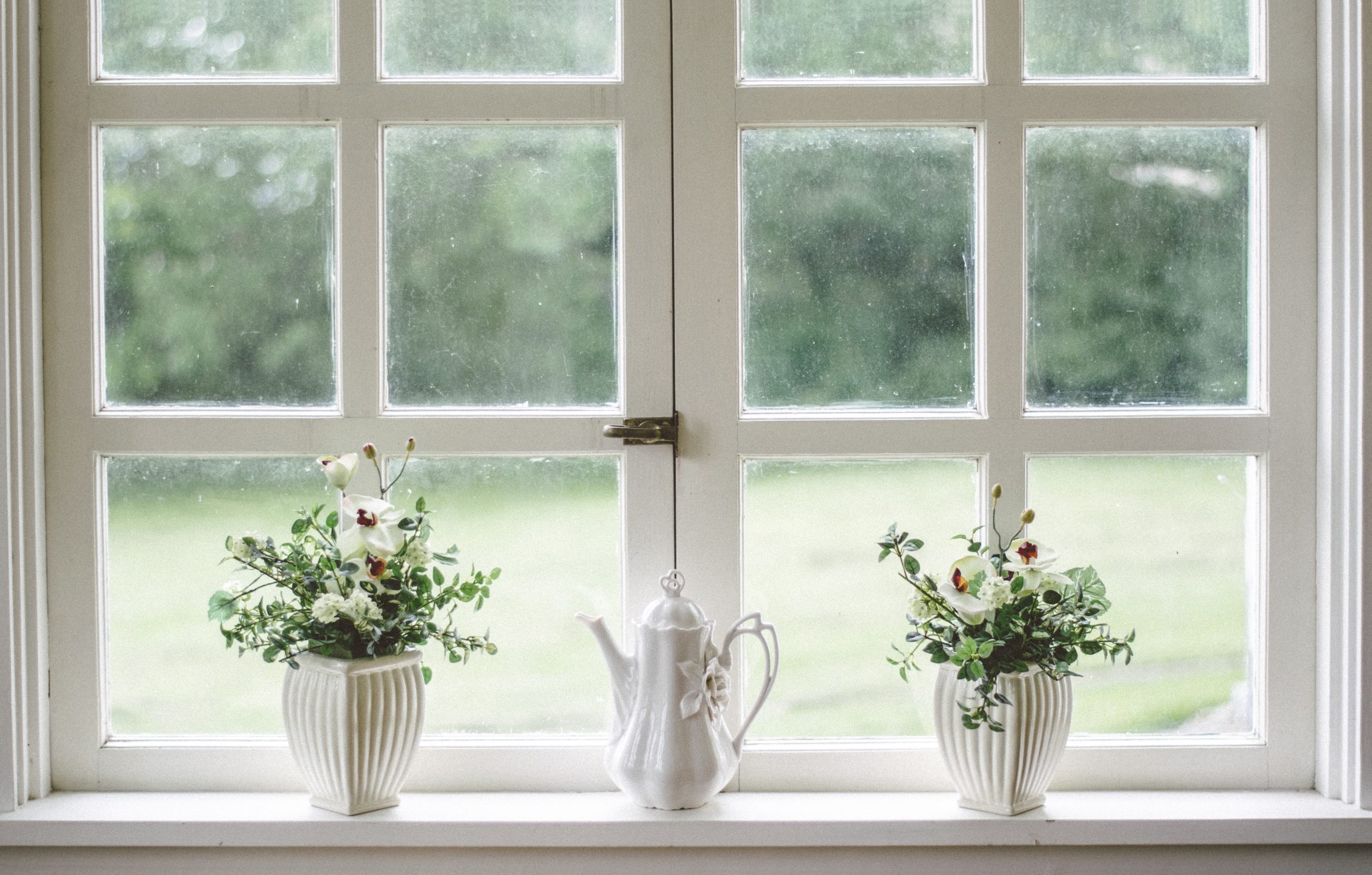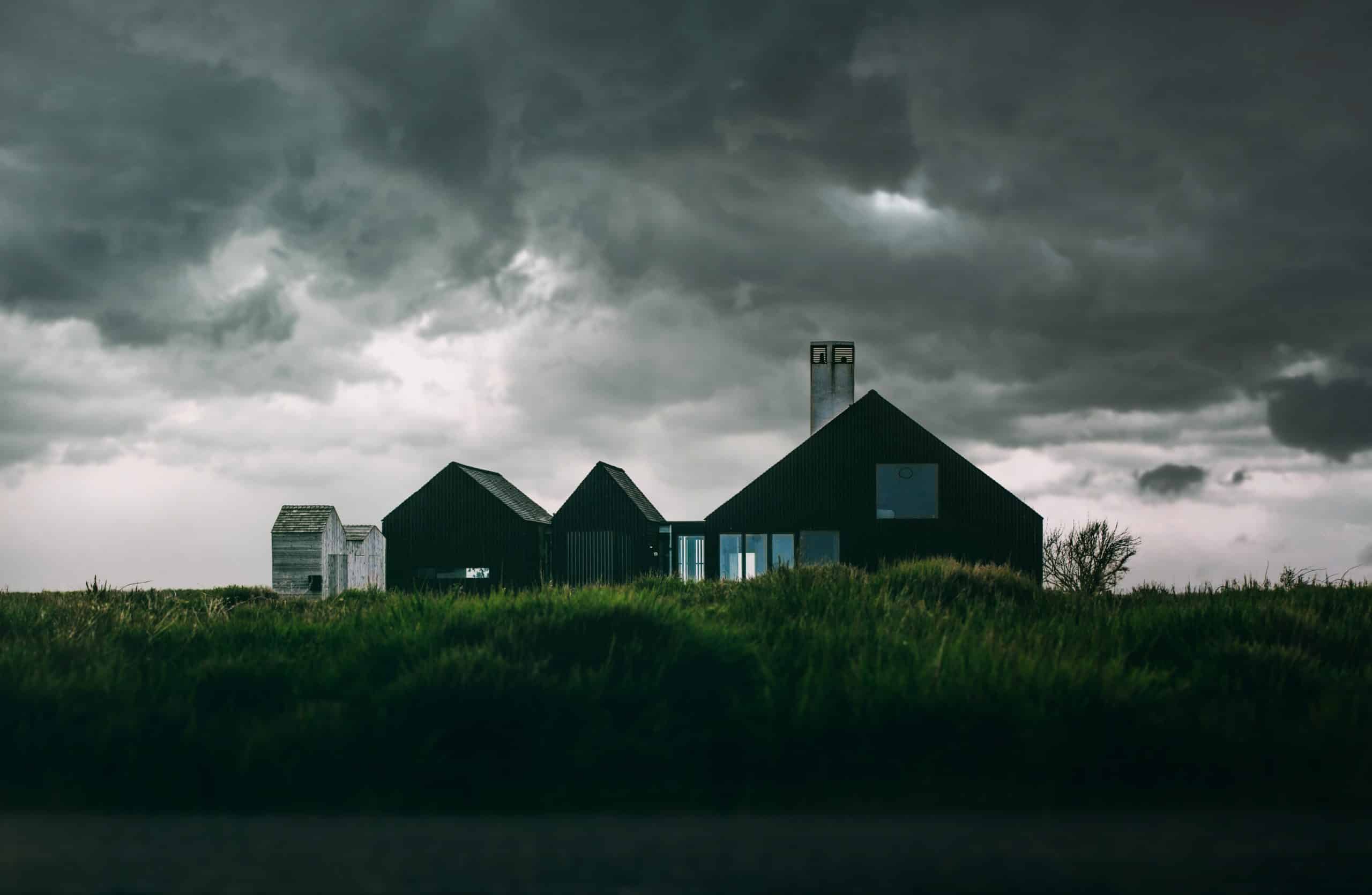
Going Solar 101: Tips for Solar Inverter Installation and Maintenance

If you’ve been exploring the idea of installing a solar panel system, you probably already know all the components you’ll need to obtain. Some of these components may vary depending on the type of system you’re about to install. That said, you’ll still need to get your hands on solar panels, batteries, charge controller and inverter.
With that in mind, here are some interesting pieces of information you’ll need to keep in mind to ensure that you’ve chosen the best possible inverter for your setup. Since they can vary so much in capacity, performance, and type, choosing them without prior research may lead to mistakes and that’s certainly something you wish to avoid.

What exactly is an inverter?
An inverter is a piece of a solar panel system that’s responsible for transforming the energy collected by solar panels and stored into batteries into electricity you can use in your household. Since the solar energy collected by the panels produces direct current (DC) and almost all of the household appliances need alternating current (AC) in order to function, you’ll need an inverter to make this possible.

How many types of inverters are there?
As mentioned earlier, solar inverters come in a few varieties. These are the three most common types:
String inverters
This type of inverter is commonly used in both residential and commercial settings. The way this type of inverter functions is that it treats the series of panels as a single large panel. The downside is that any issue caused by a certain panel will reflect on the entire string. However, since string inverters are usually the cheapest type, they’ve been quite a popular choice.
Microinverters
This type of inverter is usually installed very close to a solar panel itself. The perk of this inverter is that it allows each individual panel to function as a separate unit. This type of inverter offers fast and safe installation. What’s more, some solar panel manufacturers even install microinverters to the panel itself. That said these are the priciest types of inverters and they require quite a bit of maintenance.
Central inverters
Central inverters sort of function as combined string inverters. They are highly efficient and easy to install. What’s more, they are relatively cheap, so it’s safe to say that they fall right in between the string inverters and microinverters. That said, it’s important to mention that central inverters are a bit bulky and noisy. Additionally, with central inverters, if one part of a system happens to malfunction, the whole system may be compromised.

What about the systems?
When it comes to different systems, there are also three basic types:
Stand-alone system
The stand-alone inverter system will enable you to use backup power even when the main grid goes down. It consists of a large box which can be installed somewhere in your home – like a garage or a utility closet. This system uses mechanical rotors that switch DC into AC. Most commonly, they’re connected to the battery itself. When choosing this type of inverter, make sure you go with a high-quality SMA inverter to ensure that everything functions properly for a long time.
Grid-tie system
Alternatively, you can choose a grid-tie system. This system allows you to connect your panels directly to the electricity grid. This will enable you to sell all the excess power you manage to accumulate back to your utility provider. However, the downside of such a system is that it doesn’t contain a battery. What this means that in case of a power outage, you’ll also be left in the dark.

Hybrid system
These systems are the most expensive ones as they offer the perks of both previously-mentioned systems. Even though these are quite functional and efficient, they’re usually most commonly used in large commercial settings, due to their price.

Where to install it?
Once you’ve chosen the inverter that best matches your needs, as well as your setup, it’s time to install it. Some inverters you don’t have to worry about – such as microinverters – as they usually come pre-installed on the panel. The other types, however, should be installed somewhere where there’s no direct sunlight. Additionally, you’ll also need to find a place with proper ventilation. The location you choose to place them at should also be sheltered from any type of moisture. You also need to make sure that your inverter has enough clearance on each side to allow proper (and necessary) air circulation. You can place it either indoor or outdoor, just make sure all the conditions are met.

What about maintenance?
Finally, when it comes to maintenance, some basic rules apply. First and foremost, you need to ensure that your inverter is installed properly. Moreover, you also need to keep it clean. This means that you should remove any dust or cobwebs from it regularly. Finally, avoid overloading it in any way and make sure it’s protected – or away from – any moisture or direct heat sources.
Now that you know some of the most important things you should be looking for when choosing an inverter for your solar home system, you’ll hopefully have an easier time making the right choice.



Post a comment